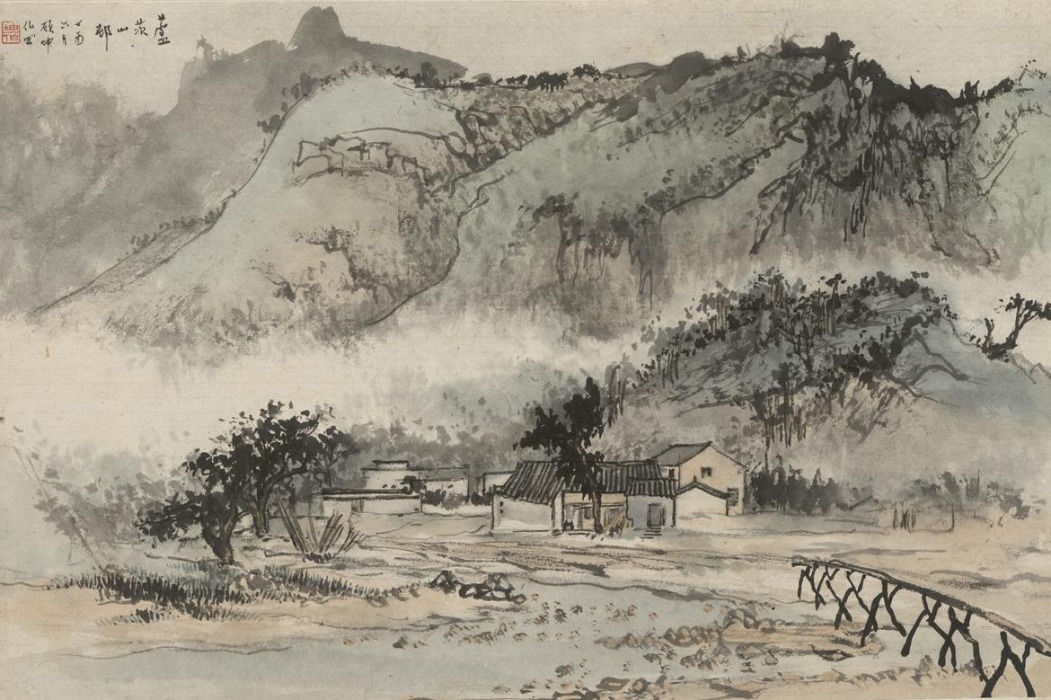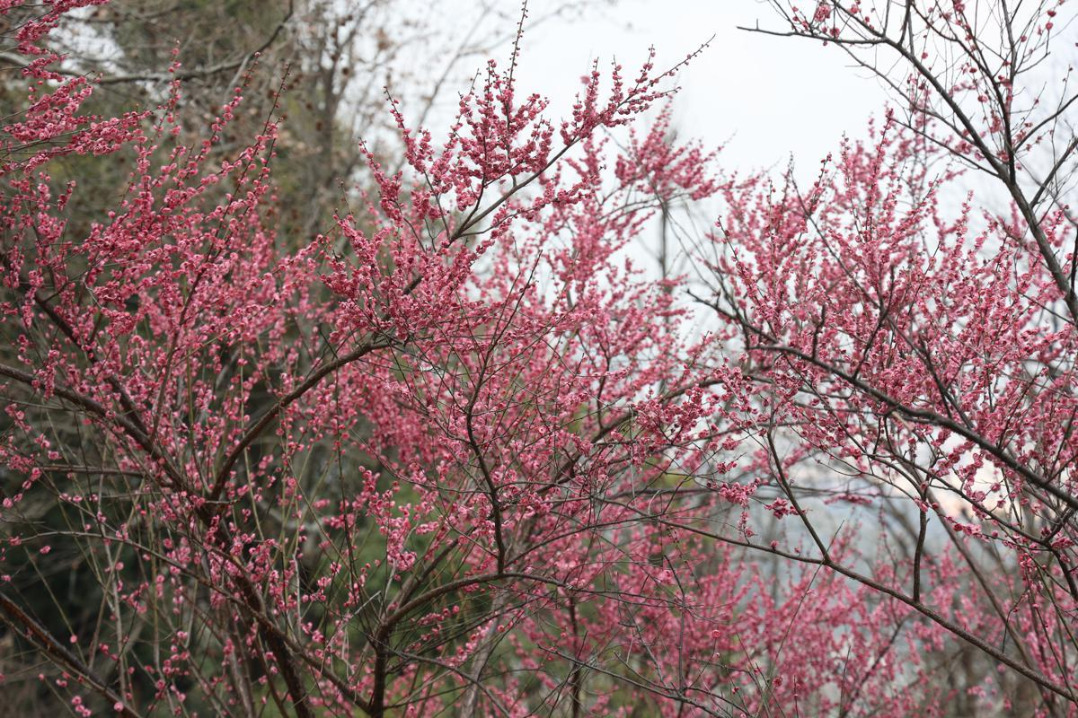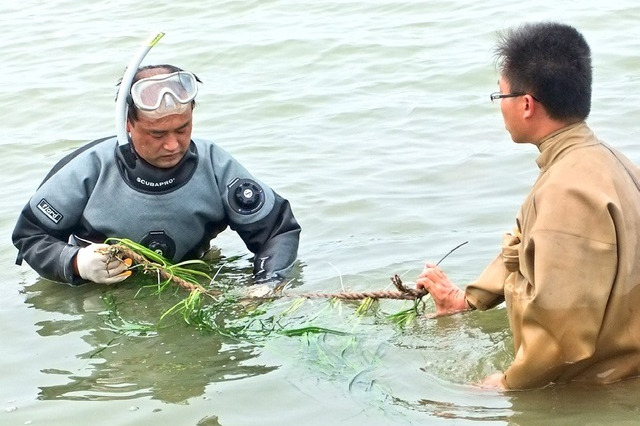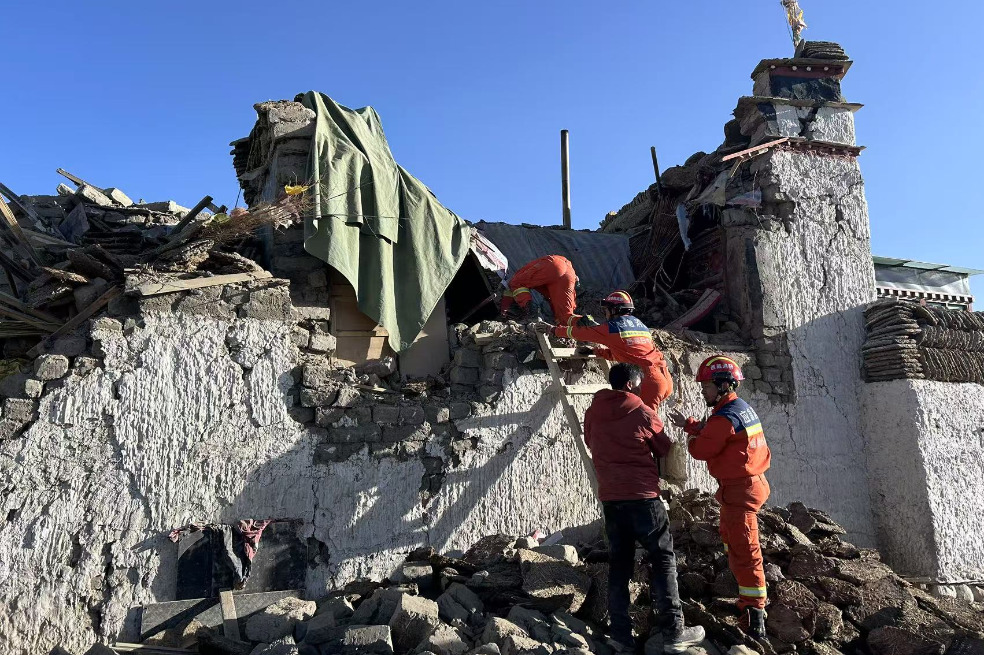Plateau water security claims challenged

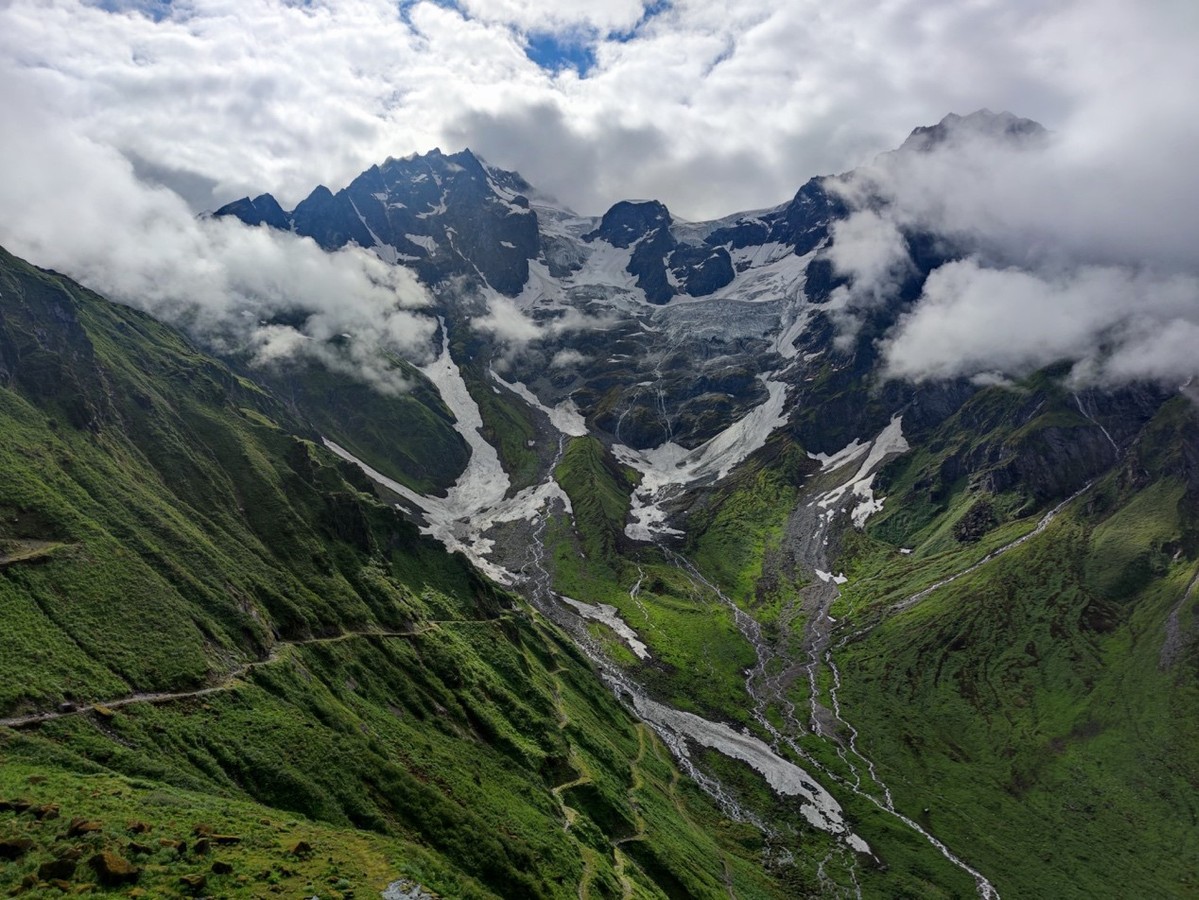
Chinese scientists' recent commentary published in Nature challenged a previous study published in the scientific journal that suggested Atlantic meteorological droughts threaten the water resource security of the Tibetan Plateau.
The academic commentary by scientists from the Chinese Academy of Sciences, which was published in the journal on Thursday, argued that Atlantic meteorological droughts do not pose a threat to the water resource security of the Asian Water Tower.
The Tibetan Plateau provides a robust safeguard for water resource demand in the surrounding Himalayan region. Amid global warming, the Tibetan Plateau is undergoing significant changes, and how it will evolve in the future is a critical scientific issue concerning the sustainable development of the Himalayan region, said Zhao Yutong from the Institute of Tibetan Plateau Research of the CAS, who was also a co-corresponding author of the article.
A study conducted in 2023 by a joint research team of scientists from China, the United States and Switzerland, published in Nature, claimed that meteorological droughts in the North Atlantic, where evaporation exceeds precipitation, triggered a significant decline in terrestrial water storage on the Tibetan Plateau between 2003 and 2016.
Based on this, the study further predicted that this trend of decline would intensify in the future, posing severe challenges to water resource security.
"The two key pieces of evidence supporting the aforementioned conclusions are untenable," Zhao said.
The authors of the original study used a water vapor tracking model and suggested that the North Atlantic transports substantial water vapor to the Tibetan Plateau via mid-latitude westerlies, contributing significantly to annual precipitation on the plateau.
"Observations from water vapor stable isotopes identify that the Indian Ocean monsoon is the primary source of water vapor instead of the North Atlantic, which contradicts the findings of the 2023 research," Zhao said.
When water vapor moves from the Atlantic Ocean to the plateau, precipitation, diffusion and other processes occur, leading to deposition along its path, potentially accounting for a significant portion of the total. The original research overlooked this important process, thus exaggerating the contribution of the Atlantic, she said.
"To better understand the water resource security of the Asian Water Tower, it's necessary to expand the coverage of the water vapor observation network across the plateau and conduct detailed monitoring," Zhao said.
- Plateau water security claims challenged
- Five face criminal charges after deadly bus crash at Shandong school
- Chinese painting biennial blends ancient wisdom with modernity
- Senior legislator under probe for serious violations
- Guangdong unveils plans for Shantou and Zhanjiang ports
- Snowfall transforms Zhangjiajie into stunning winter paradise
















